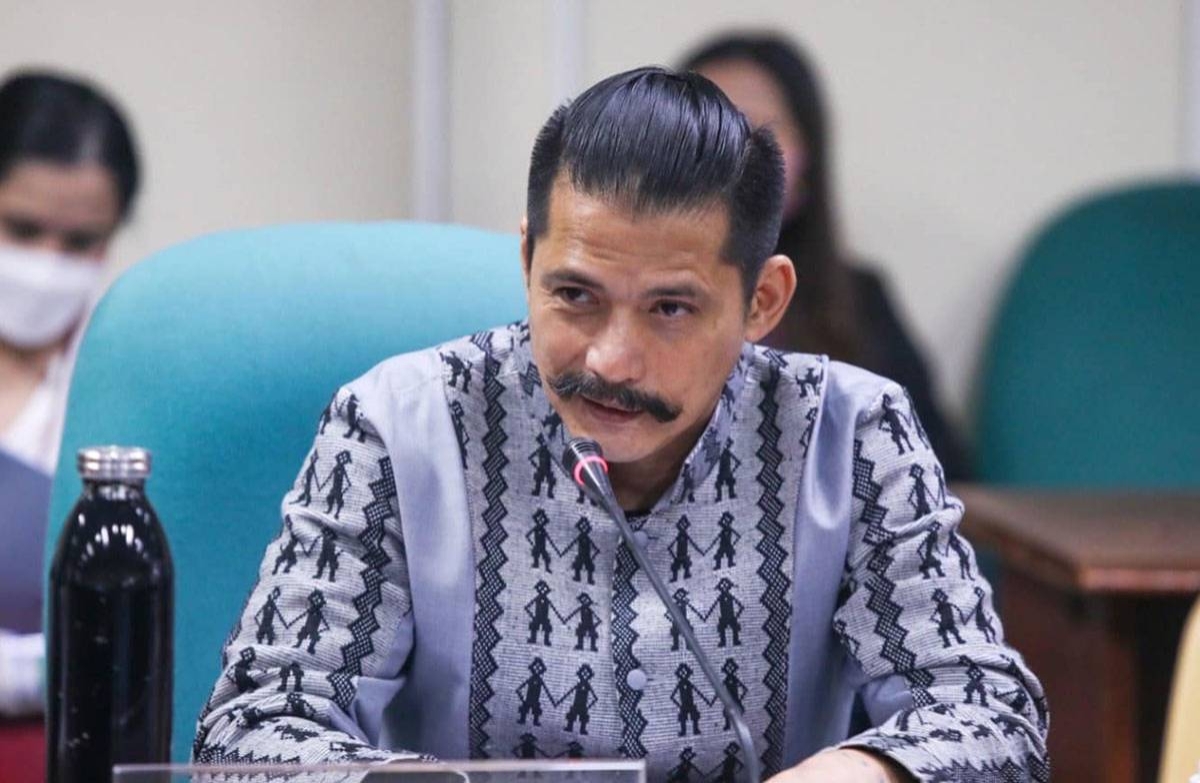On December 13, Senator Robinhood “Robin” Padilla submitted a resolution, known as Resolution of Both Houses of Congress 5 (RBH 5), advocating for amendments to the terms of elected officials, including the president, vice president, and lawmakers. The proposed changes aim to strike a balance between policy continuity and preventing the accumulation of power, ultimately fostering a more strategic and effective governance.
Padilla’s resolution suggests amendments to specific sections of the Philippine Constitution, namely Sec. 4 and 7 of Art. VI (Legislative Department); Sec. 4 of Art. VII (Executive Department); and Sec. 8 of Art. X (Local Government). By proposing these changes, Padilla highlights the importance of giving elected officials more time to effect long-term, meaningful changes in their respective offices.
One key aspect of the proposed changes is the synchronization of electoral cycles among the different branches of government. This synchronization aims to improve administrative efficiency and enable a more coordinated implementation of government policies. By aligning the terms of elected officials, the government can function more efficiently, avoiding disruptions caused by frequent elections.
Under Padilla’s proposal, the Senate would consist of 54 members, with 24 elected at large and 30 elected for each legislative region. Senators elected at large would serve terms of eight years, but they would be limited to two consecutive terms. On the other hand, senators elected by region would have terms of four years, with a maximum of three consecutive terms.
The House of Representatives, under the proposed changes, would see members elected for four-year terms but limited to serving no more than three consecutive terms. These adjustments aim to strike a balance between providing elected officials with sufficient time to fulfill their legislative agenda and preventing political entrenchment.
In terms of the presidency, Padilla proposes that the president and vice president be elected as joint candidates for a four-year term. They would also be limited to serving a maximum of two terms. Additionally, a president who has served two terms would be disqualified from running for any other elective position. This provision ensures a balance between leadership stability and democratic continuity, preventing the concentration of power in a single individual.
Padilla’s resolution also addresses the terms of elective local officials, excluding barangay officials. The proposed change suggests that these officials serve four-year terms, with a maximum of three consecutive terms. By aligning the terms of local officials with those of national officials, the government aims to enhance coordination and promote effective governance at all levels.
Overall, Padilla’s proposed changes to the terms of elected officials seek to strike a delicate balance between continuity and democratic governance. By extending the terms of some officials while implementing term limits, the resolution aims to provide elected officials with sufficient time to enact meaningful changes while preventing the accumulation of power. Additionally, the synchronization of electoral cycles aims to enhance administrative efficiency and promote a more coordinated implementation of government policies. If implemented, these changes could shape the future of Philippine governance, ensuring both stability and democratic continuity.







